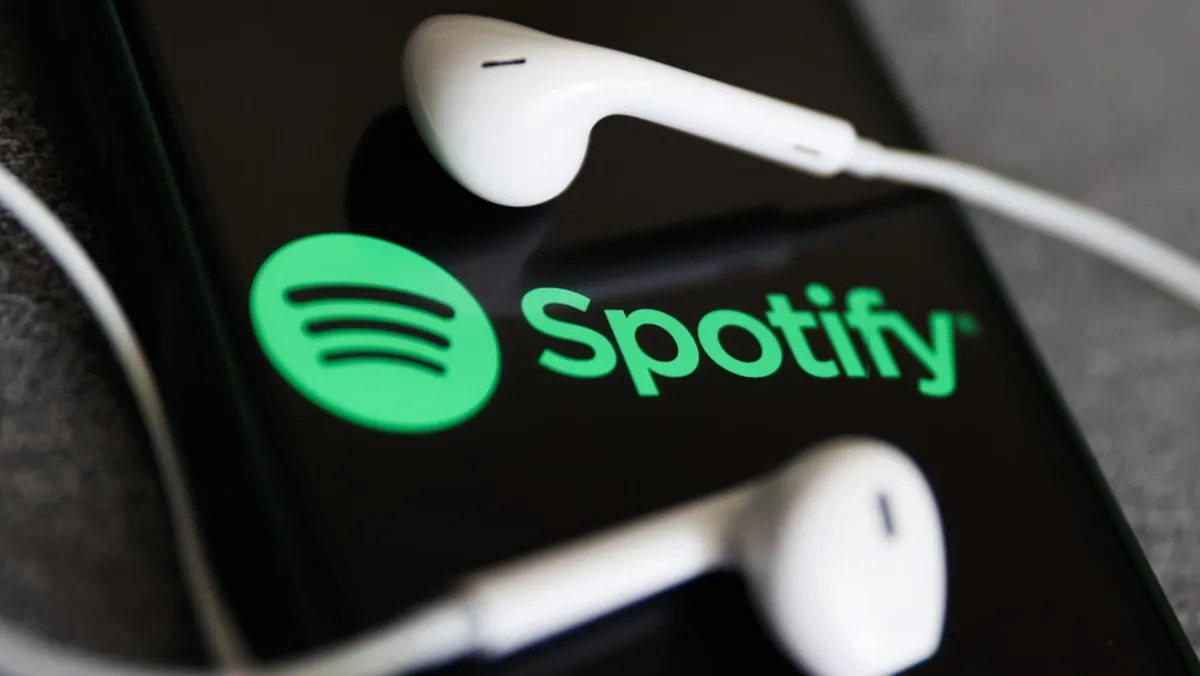
In a remarkable announcement earlier this year, Spotify revealed that it has paid out a staggering record of over $10 billion to the music industry in 2024. This milestone brings the total amount paid by Spotify to nearly $60 billion since its inception in 2006, solidifying its position as the world’s largest paid music-subscription service by a significant margin. Spotify maintains that it allocates approximately 70% of every dollar it generates to the music industry, a commendable percentage in the competitive landscape of business.
In its annual “Loud & Clear” music economics report, Spotify shared several compelling details about the financial ecosystem surrounding its platform. Notably, in 2024, nearly 1,500 artists earned over $1 million in royalties from Spotify alone, which is part of an estimated total exceeding $4 million across all recorded music revenue sources for these artists. Furthermore, independent artists and labels collectively generated more than $5 billion from the service in the same year.
The report highlights a significant trend: between 2014 and 2024, Spotify’s yearly payouts to the music industry have surged tenfold, growing from $1 billion to over $10 billion. This increase underscores the fact that “there are more artists making more money on Spotify than ever before.” In fact, the report indicates that the number of artists generating royalties at every threshold—from $1,000 to $10 million per year—has at least tripled since 2017. Ten years ago, the top artist on Spotify generated just over $5 million, whereas today, over 200 artists have surpassed that threshold.
While these numbers seem promising, there are complexities worth considering. Spotify, like most streaming services, pays rights-holders—typically a label and music publisher—who then distribute the money to artists and songwriters after applying their own percentage cuts. Consequently, the notion that each of the 1,500 artists is pocketing $1 million a year from Spotify is misleading.
Over the past two years, Spotify reports that approximately $4.5 billion of the total $20 billion-plus has been allocated to music-publishing rights holders, who represent songwriters and follow a similar royalty-distribution model. The company noted that its music-publishing payouts “hit a new peak in 2024,” with double-digit percentage growth compared to 2023. This signifies that songwriters—through their publishers, performing rights organizations, and collecting societies—are generating record-breaking revenues driven by streaming services.
Despite these positive trends, it is crucial to recognize that songwriters often find themselves at the bottom of the streaming economy. According to a 2024 report from MIDIA Research, each stream generates approximately $0.004, which is divided as follows: 56% goes to the recording side (including the label, distributor, and artist), 30% to the streaming service, and only 14% to the publishing side (including the publisher, performing rights organization, and songwriter). Out of that 14%, songwriters receive 68%, publishers get 17%, and performing rights organizations take 15%.
Moreover, many hit songs today feature between 3 and 12 writers, complicating the distribution of the already minimal earnings. Additionally, songwriters often have managers and other stakeholders who also take a cut of their share, leading to even smaller payouts per stream. The intricacies of these financial arrangements often make it challenging for creators to comprehend the minuscule amounts they earn per stream.
It is also important to note that the discrepancies in payout structures are not solely the responsibility of Spotify or any streaming service. While recorded music rates are negotiated between streaming services and rights-holders, publishing rates are determined by the Copyright Royalty Board, through a process that has faced criticism from the publishing industry for being outdated. Recently, the CRB increased the rate paid to songwriters and music publishers by 23% for the 2023-2027 period, bringing it to 15.35% of a streaming service’s U.S. revenue.
However, Spotify has faced fierce criticism from the music industry and even a lawsuit regarding its recent music-audiobooks bundle, which Billboard estimates could reduce royalties paid to music companies by $150 million over the next year. While this strategy may have pleased shareholders, it represents a significant loss for music creators.
Despite the challenges, the growth of streaming services, led by Spotify, has revitalized the music industry after a prolonged decline. According to the "Loud & Clear" report, the royalties for the 100,000th-ranked artist on Spotify have multiplied over ten times in the past decade, increasing from less than $600 in 2014 to almost $6,000 in 2024. Additionally, even the 10,000th-ranked artist has seen a substantial increase in royalties, rising from $34,000 to $131,000.
In conclusion, while Spotify’s record payouts and the increasing number of artists earning significant royalties paint a positive picture, it is essential to understand the intricate dynamics of royalty distribution in the music streaming landscape. As the industry continues to evolve, ongoing discussions about fair compensation for all music creators will remain vital.